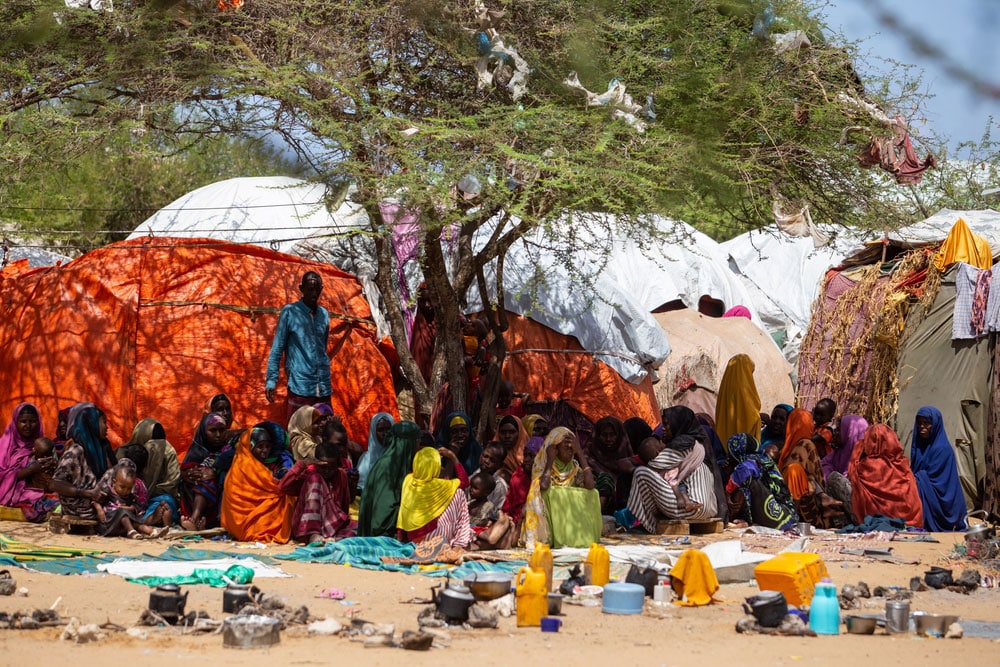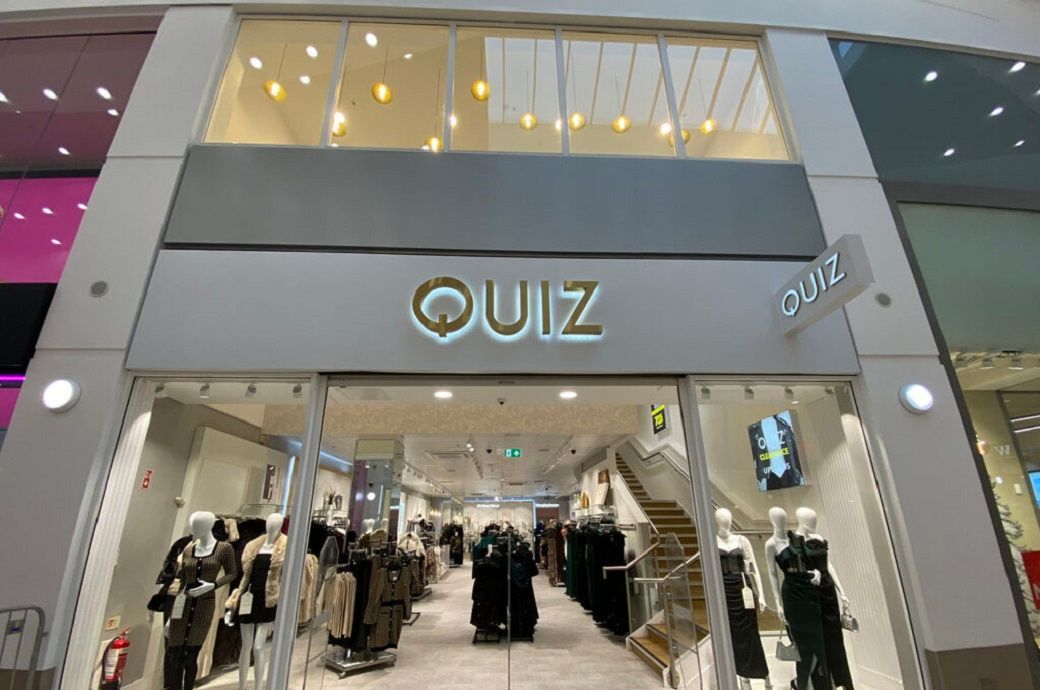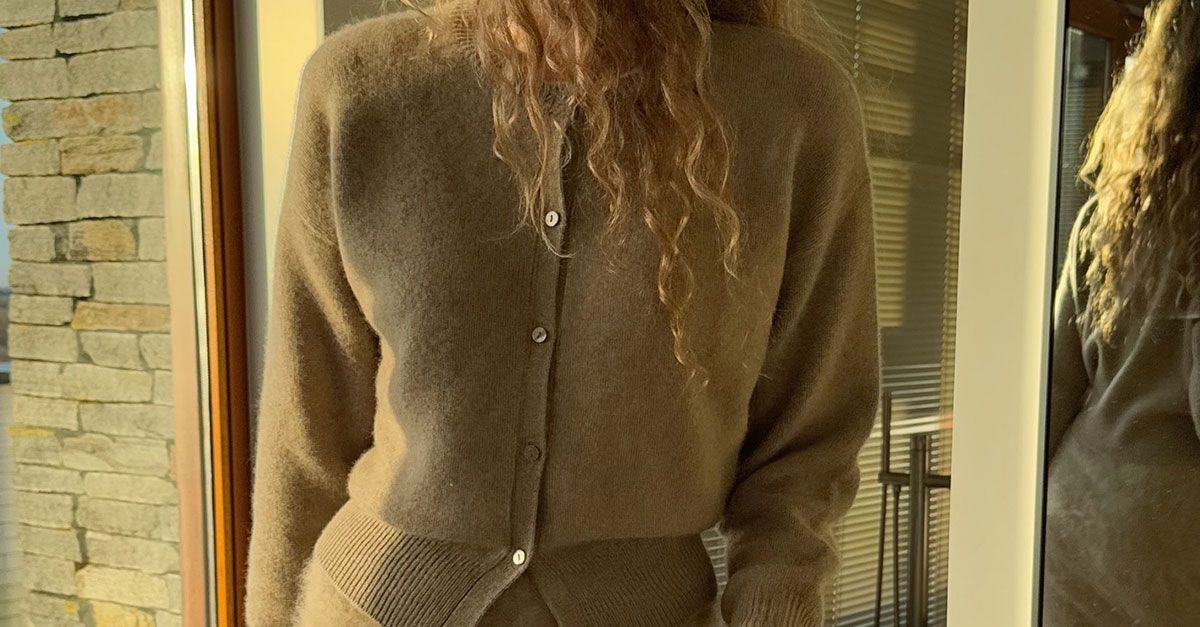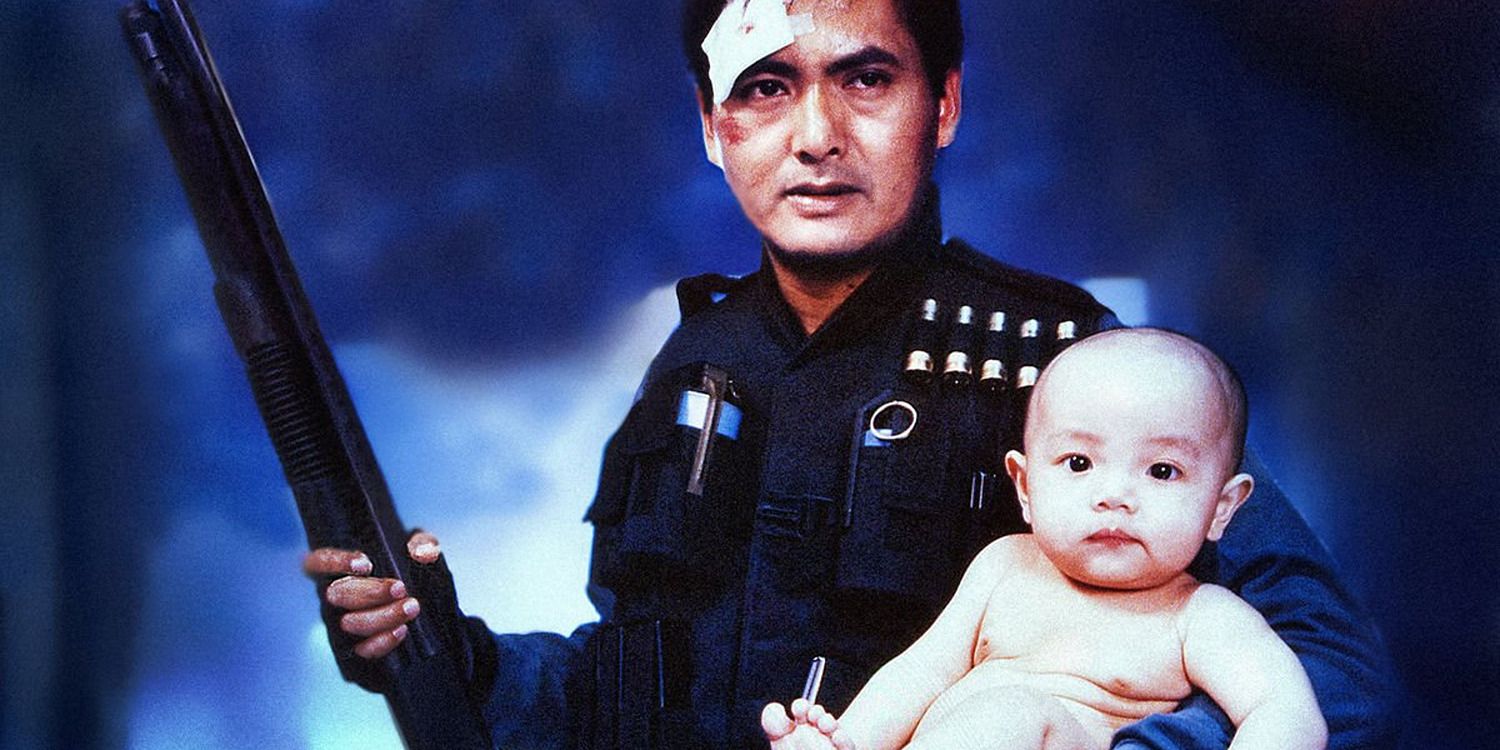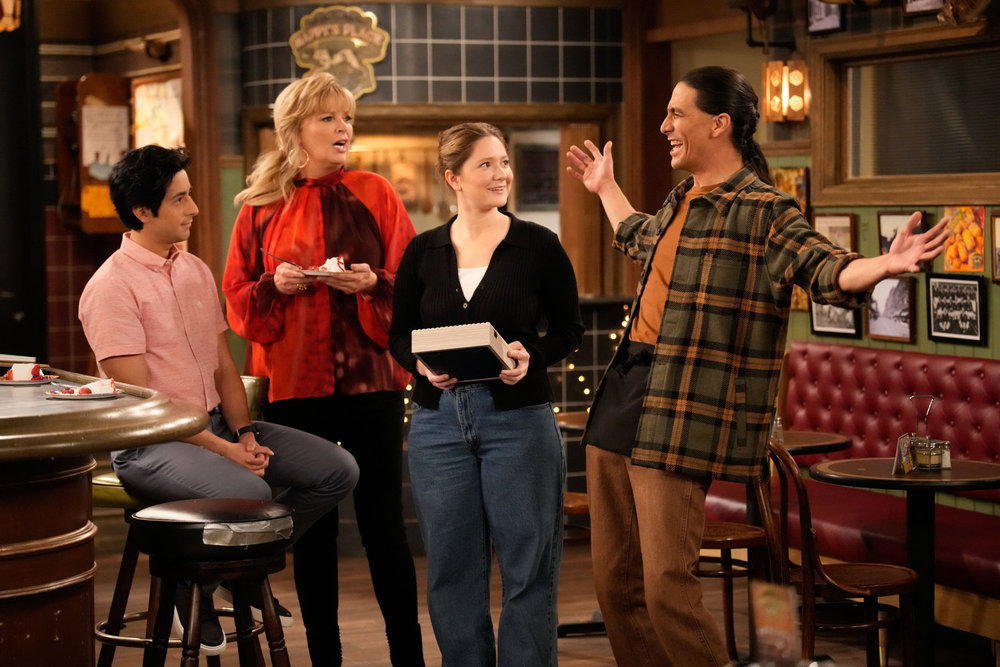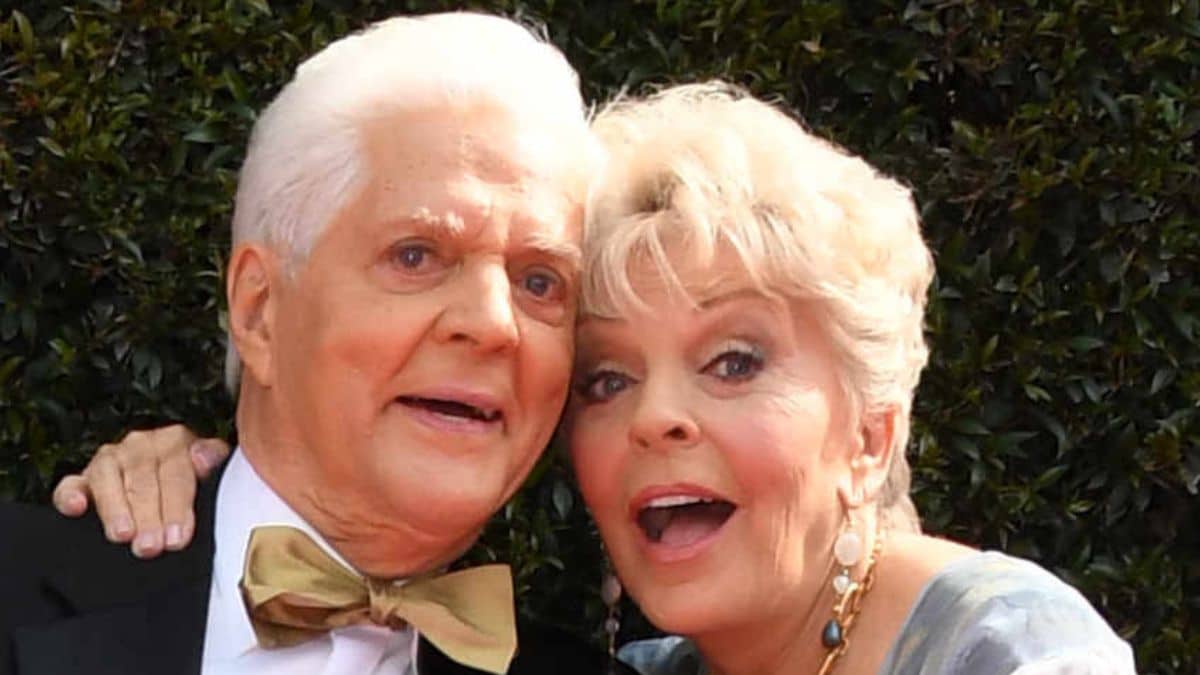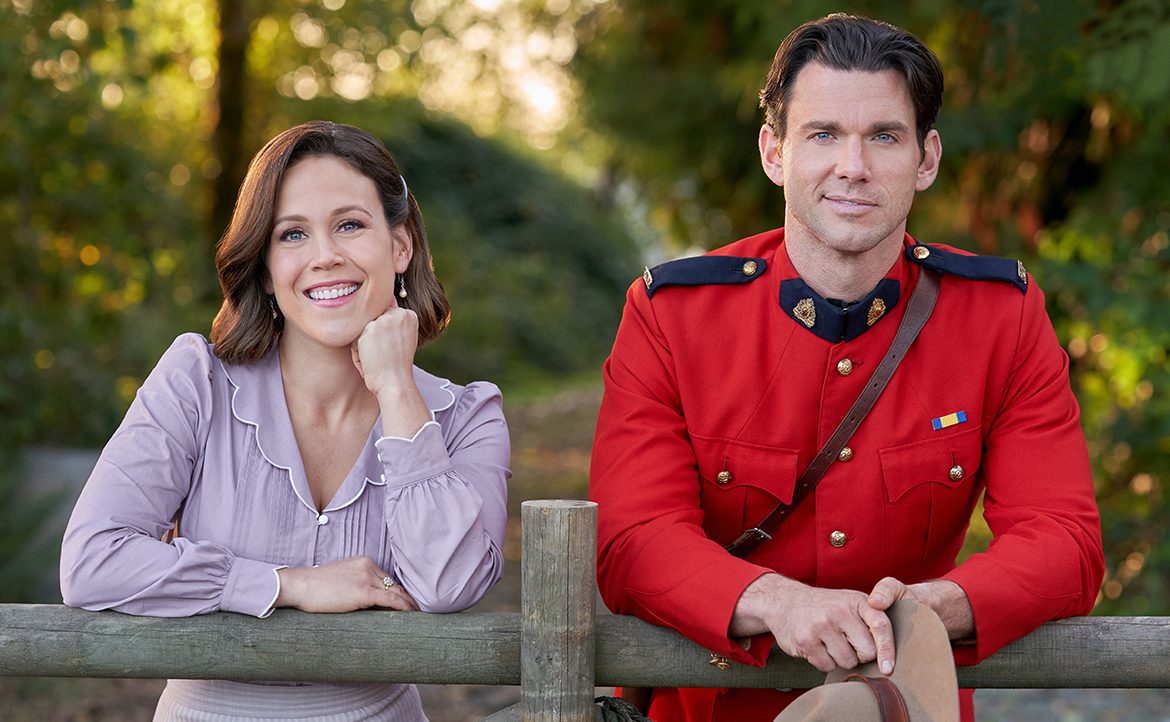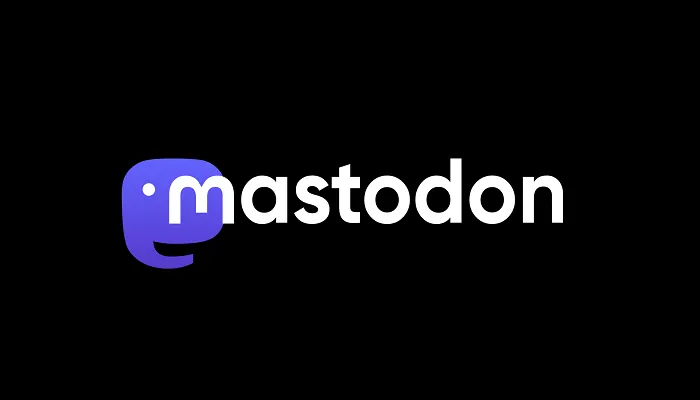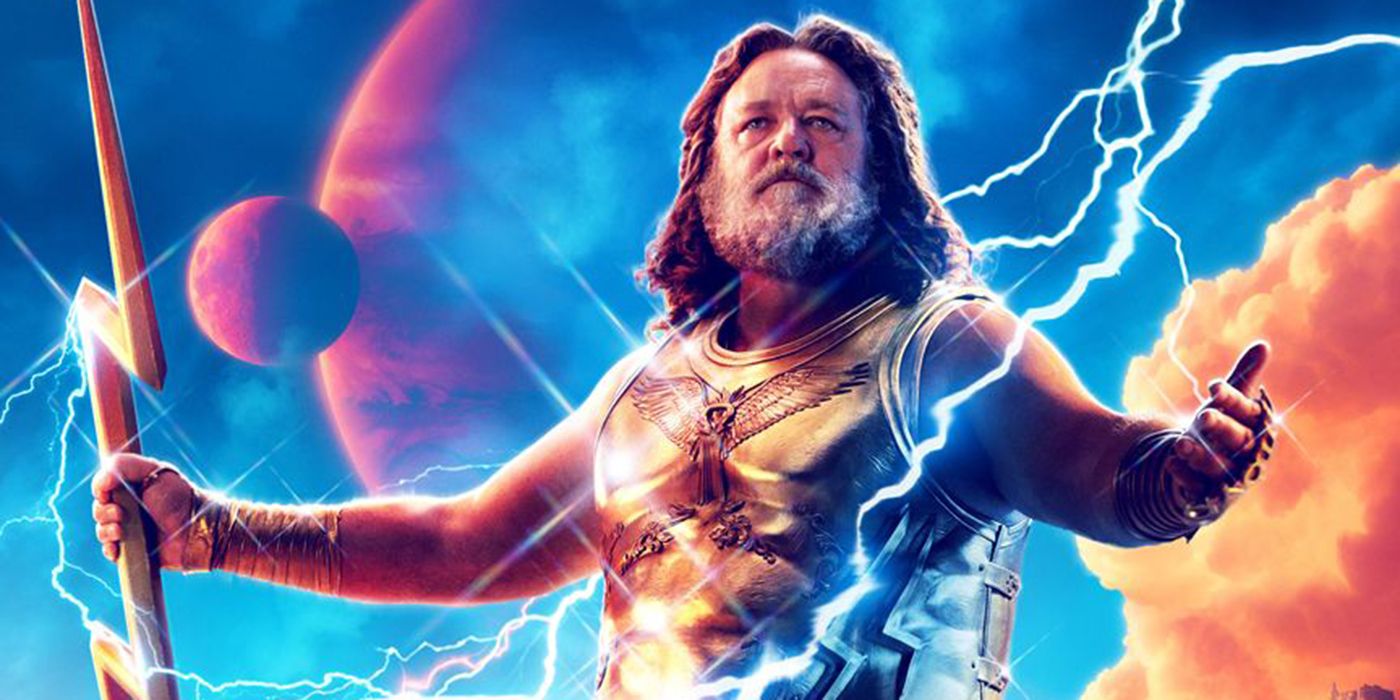After a prologue that details the tumultuous state of existence in middle America in 1890, “The English” thrusts its two protagonists together in a long scene of fateful twists. Lady Cornelia Locke (Emily Blunt) arrives in the United States to avenge the death of her son, but is immediately threatened by greedy, violent criminals played marvelously by Toby Jones and Ciaran Hinds. As she’s thrown from the carriage to Hinds’ feet, she sees the figure of a beaten man hanging at the edge of the property. It is Eli Whipp (Chaske Spencer), a Pawnee ex-cavalry scout who now intends to get his promised land from the government he fought for even though he knows in his heart that he’s unlikely to get it easily. These are both people pushing back against a broken system, one that rewards the greedy and the unjust, and they will end up essentially on the road together to a small town called Hoxem, Wyoming.
This mini-Deadwood in Wyoming is led (barely) by a sheriff named Robert Marshall (Stephen Rea), who is stumped by a series of local murders that may involve a young widow named Martha Myers (Valerie Pachner). As everything builds toward a series of revelations and showdowns in Hoxem, familiar faces pop up including memorable turns by Rafe Spall and Gary Farmer (so good on “Reservation Dogs”). Much of “The English” consists of long dialogue exchanges punctuated by extreme violence. It’s a fascinating equation as this is essentially a show about people who believe that they will only get what they want by force and yet it’s also remarkably rich in dialogue and character interaction. The opening episode conversation between Hinds and Blunt over a dinner table that includes prairie oysters (look it up) isn’t as self-aware as Quentin Tarantino but recalls similar exchanges in his films like “Django Unchained” and “Inglourious Basterds”—scenes in which you know all the witty back and forth is probably going to end in bloodshed.
Blick sometimes indulges a bit too much in these lengthy exchanges, especially in episodes three and four, and he allows the storytelling to get cluttered in flashbacks when the season needs to be building momentum after its explosive opening episodes. However, through it all, the show remains a visually engaging experience. Blick and his team are very interested in iconic Western imagery—silhouettes against a big blue sky, close-ups of furtive eyes, etc.—but also in digging beneath the imagery to the truth of a land of broken promises, both those made to the people told they could start a new life there and the ones whose land was stolen. Late in the season, someone speaks of the difference between traveling with hope vs. just traveling without fear, and it feels like a show about a time in America when hope was in very short supply. Some travelers to new communities like Hoxem may have traveled without fear, but it wasn’t because they hoped for a bright future as much as they had no other choice.
























